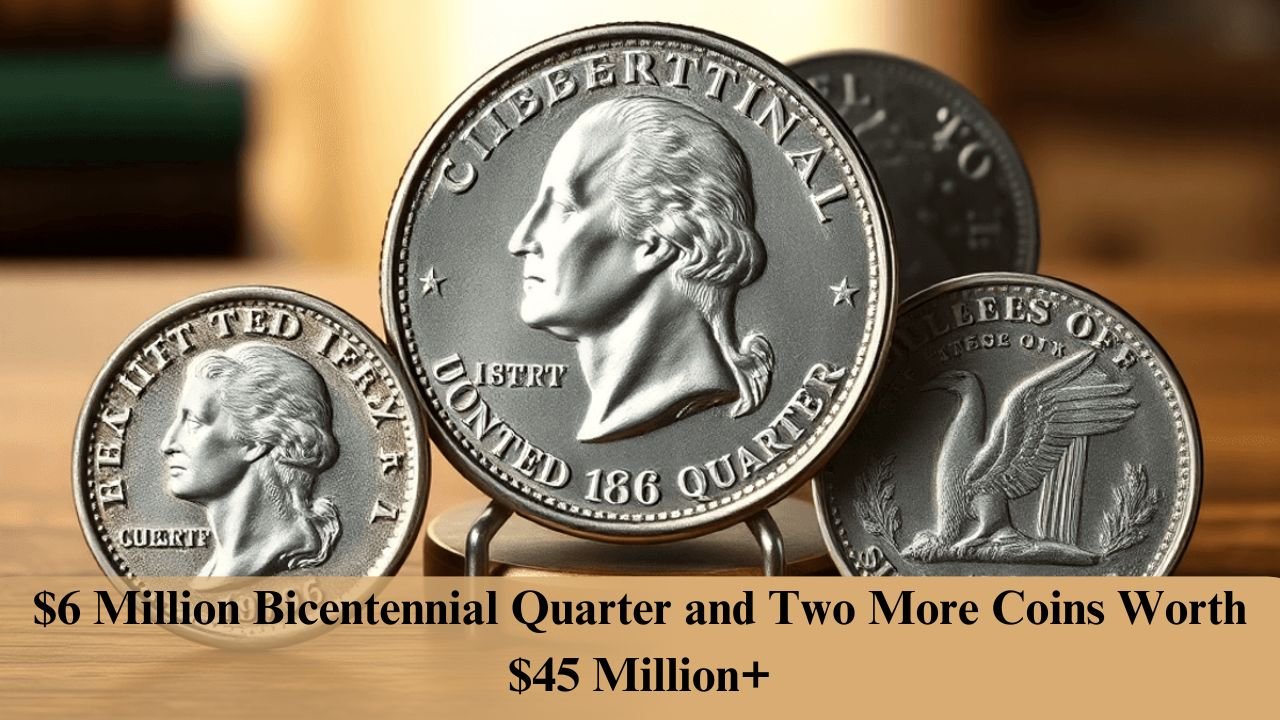Introduction
One extremely precious part of American coin history is the Bicentennial, which is a representation of the nation’s 200th anniversary. The rare coin, in its limited editions, has sold up to as much as $6 million.
However, in the world of rare coins, incredible treasures can be found here too. Consider the famous 1933 Saint-Gaudens Double Eagle, which is so rare that it is worth more than $10 million. Similarly, the 1794 Flowing Hair Silver Dollar, the first American silver dollar, has an equally impressive value.
These studies go beyond statistics; It is suggested that:
- History is important
- which is very rare
- Flawless condition
- Strong market demand
It is important for collectors and investors to understand the factors that contribute to this exceptional value. Whether you’re an experienced numismatist or someone just starting out with your collecting, understanding what makes a coin so valuable can turn a simple hobby into a profitable venture.
The story of the third bicentennial year of $6 million illustrates how seemingly simple coins can become extraordinary investment opportunities.
The Bicentennial Quarter: A Brief History
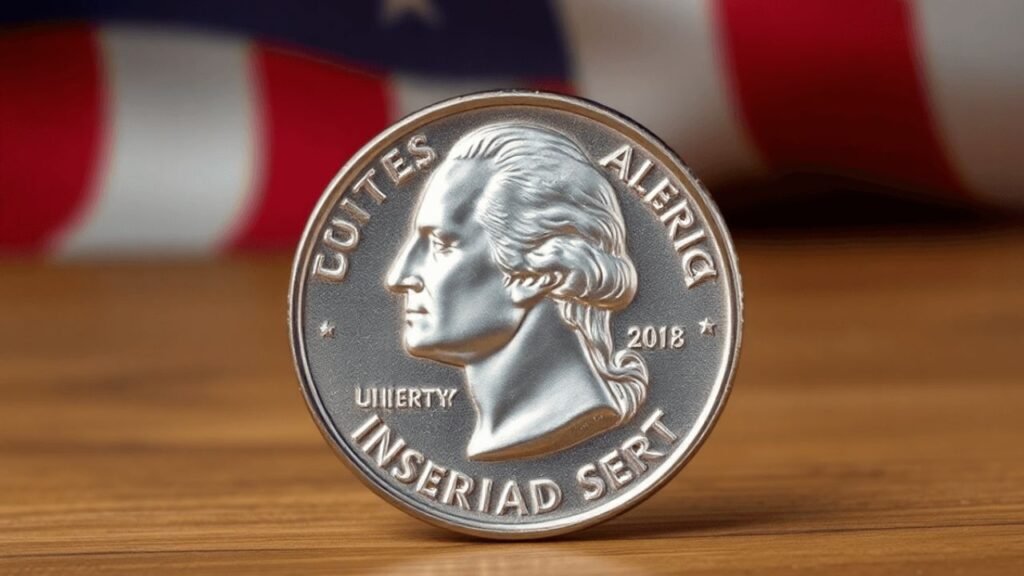
U.S. The Bank issued the Bicentennial in 1975, marking a 200th anniversary of American independence. This commemorative coin was very different from the typical quarterly format, featuring two dates “1776-1976” on front.
Varieties of the Bicentennial Quarter
There were two distinct types in the minting process:
- 40% Silver Collector’s Version: Designed especially for collectors
- Copper-Nickel-Clad Version: Released for shipment
Design and Symbolism
On the reverse, the coin features a colonial drummer boy instead of the traditional eagle design. Created by artist Jack El Ahr, the stunning design was chosen from 884 entries through a national competition. The drummer boy symbolizes the spirit of the American Revolution, representing the call to arms that resonates in the colonies.
Production Numbers
Production numbers reached impressive heights:
- 1.7 billion quarters of copper-nickel
- 11 million silver composition quarters for collectors
- 7 million certified edition for special groups
Distribution and Significance
United States The Mint sold this quarter between July 1776 and 1976, which creates an unusual circumstance where the 1776-1976 quarter was sold in both years This was the first time that the Mint had changed year quarter configuration to commemorate a special anniversary and set the standard for later commemorative coins such as the George Washington Centennial Triennial America- It’s just a small piece of monetary history.
Understanding the Value of the Bicentennial Quarter
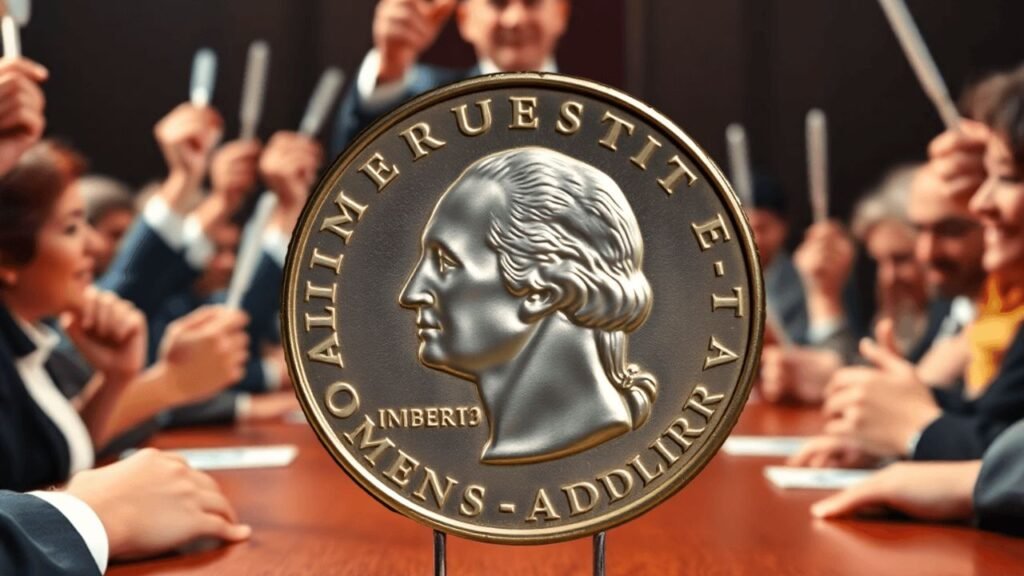
Bicentennials can cost anywhere from 25 cents to a staggering $6 million, depending on several key factors:
Rarity and Mint Marks
- The regular four places (D or P mint mark) are usually the lowest priced
- The rare 1976-S Proof type commands high prices
- Double fatality errors and hit errors increase the price considerably
Condition Grades
- MS70 (equal condition) takes the highest value in the third quarter
- Non-circulating currencies carry better value than circulating currencies
- Personnel award functions for government-level research
The most valuable quarter-century ever sold – a unique 1976-S proof – fetched $6 million at auction. This special article offers:
- Absolutely wonderful quality
- Impeccable security at the top
- Original mint gloss
- No rust marks or stains
Current Market Values
- Standard Broadcast Quarterly: 25 cents to $5
- Uncirculated samples: $5 to $100
- Silver standard versions: $15 to $1,000
- Rare mistake amount: $1,000 to $6 million
Demand for high quality bicentennials continues to grow among serious collectors and investors. Professional bank dealers are very interested in these items, mainly in those with distinctive striking characteristics and conservation. The most interested market is that for certified models with source code and third-party validation.
Other High-Value Coins Worth Millions
In the world of collecting, there are many valuable coins that span half-centuries and bi-centuries.
1. 1933 Saint-Gaudens Double Eagle

The 1933 Saint-Gaudens Double Eagle is regarded as the most beautiful coin of the American Collection. It costs more than $45 million and is declared to be the world’s most expensive coin ever struck. The reason behind its uniqueness is that the government did not spend it, which has made the coin so precious for a collector.
2. 1794 Flowing Hair Silver Dollar
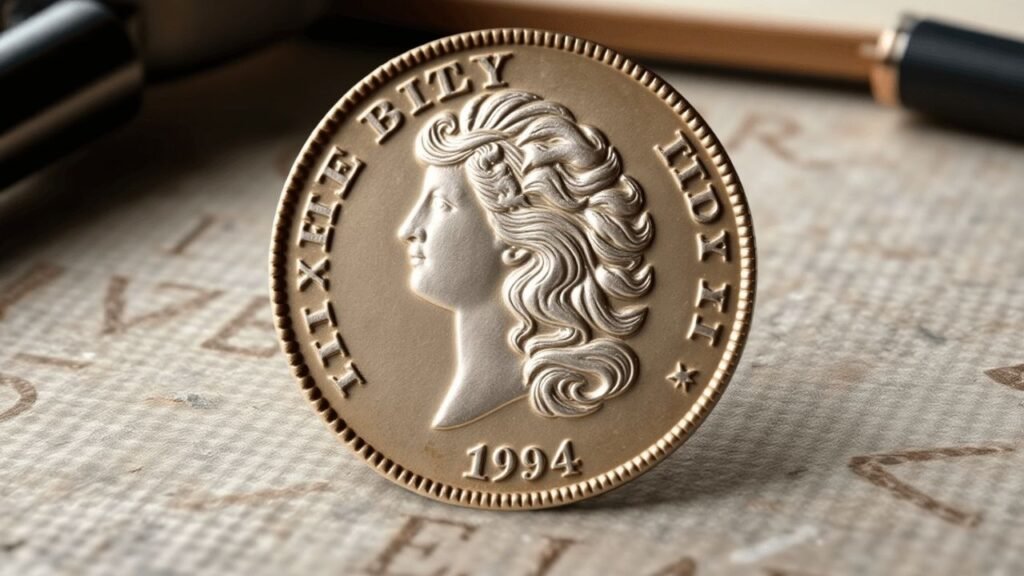
Another coin that deserves the same amount of attention is the 1794 Flowing Hair Silver Dollar, also worth more than $45 million. The combination of its excellent condition and historical significance contributes to incredible value.
3. 1913 Liberty Head Nickel
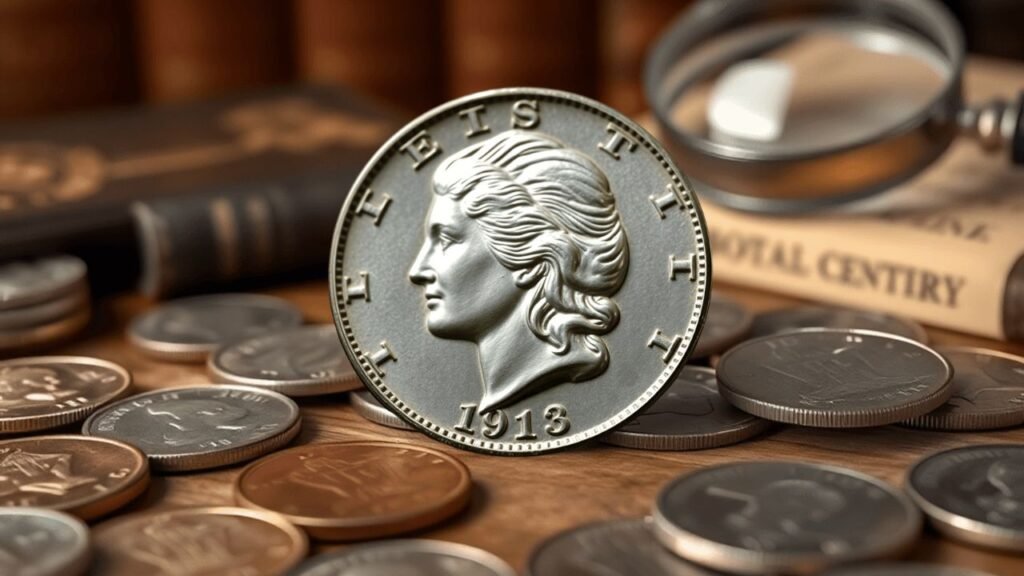
Completing this unusually valuable coin is a 1913 Liberty Head nickel. Only five examples of this coin are known, each worth more than $10 million. The story behind this unauthorized mint adds a touch of mystery to its already impressive value.
Investing in Rare Coins: A Beginner’s Guide
Collecting rare coins provides a unique investment opportunity that combines historical significance with economic potential. The market for rare coins has steadily grown, and over time the value of a coin has increased exponentially.
Here’s how you can start built your valuable cash collection:
- Start researching: Learn about budgets, certification processes and market values through cash books and reputable websites.
- Set a clear budget: Set a savings threshold and stick to it. A good deal can range from hundreds of millions of dollars.
- Focus on quality: Buy the highest quality stock you can afford within your budget. Position greatly affects the value of the currency.
- Choose your niche: Specialize in specific time periods, denominations, or currencies to be informed and make informed decisions.
- Building Relationships: Connect with leading brokers and join fund organizations for better opportunities to learn from experienced investors.
- Consider certification: Purchase a certified coin from a respected grading service such as PCGS or NGC to ensure authenticity and due diligence.
- Document everything: Keep detailed records of your purchases including certificates of authenticity, purchase prices and condition reports.
Rarely does the stock market reward patient investors who take the time to understand the nuances of finance. Acquiring and storing each piece properly can increase the value of your collection.
Researching and Identifying Valuable Coins
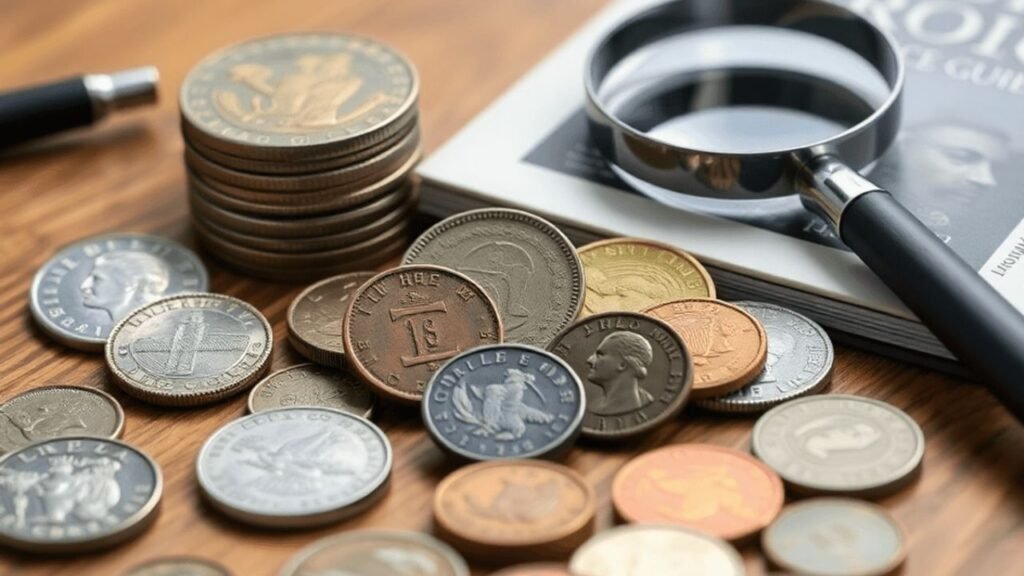
Professional investors of coins include PCGS and NGC, which make sure that there are complete price guides and even certification. These beliefs help you make wise decisions about buying your investments.
Key research tools include:
- Historic Sale Records – Avail the access of historic sale record platforms like Heritage Auction :
- Price Guide Subscription- Includes detailed market analysis from Numismatic News and Coin World
- Coin Dealer Network – Establish contacts with honest dealers that will be able to break down the market
- Authentication Databases – Utilize authenticated payments by authenticated registration.
Before you buy a precious coin, write about it:
- Mintmarks of manufacture
- Strike Type (Proof and Rotation)
- The dead are of various kinds
- the grade of the situation
- A position of integrity
The Red Book (A Guide Book of United States Coins) is an important resource for cataloging different types of coins and understanding market values. Regularly monitoring coin forums and social media groups keeps you updated on upcoming trends and discoveries in the rare coin market.
Conclusion
Worlds of fundraising are historic attractions and then possible great financial rewards. The $6 million Tricentennial, for one, is a perfect example of a common coin becoming a treasure. Among the notable pieces are the Saint-Gaudens Double Eagle and the Flowing Hair Silver Dollar.
Whether it is passion or just for the sake of financial interests, every fundraising process can be initiated with the smallest denomination of a single penny. With each coin, there is separate history and story which carries the monetary value on its back. The market of coins does not stop rewarding the patrons who cultivate knowledge with patience; therefore, rare coins seem to be an exciting proposition for history lovers and investors, who come into it with eyes open.
FAQ’s
What is the significance of the Bicentennial Quarter in American history?
The Bicentennial Quarterly was created in 1976 to commemorate America’s 200th anniversary. Its design appears to be ‘1776-1976’, representing a celebration of American heritage and history.
Why is a rare bicentennial worth $6 million?
The $6 million bicentennial rarity price is due to its rarity, high demand from collectors and exceptional condition. For instance, its 1976-S Proof type type was sold at this incredible price.
Other than the Bicentennial Quarter, which other coins are worth millions of dollars?
Among other notable high-value coins is the 1933 Saint-Gaudens Double Eagle. Other examples include the 1794 Flowing Hair Silver Dollar. These distinctive features make it valuable in the context of its historical authenticity and intrinsic value.
How do beginners start investing in rare earnings?
A beginner can start by analyzing various types of coins, understanding the market trends, and gradually building an assortment. Generally, investing in rare coins involves choosing quality, rarity, and historical significance.

